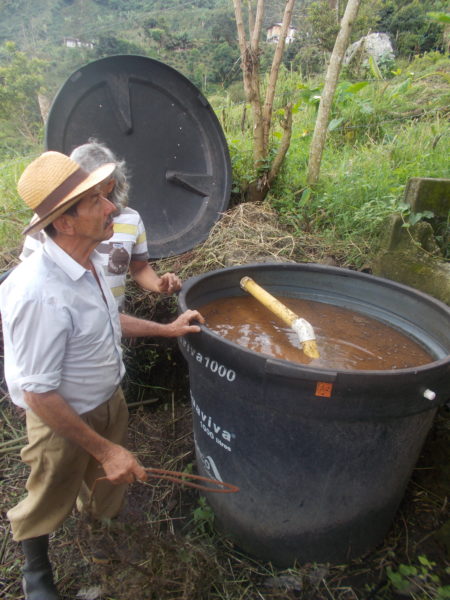On a recent trip to Colombia, I was struck by the sense of collective responsibility farmers had for the preservation of their community’s natural resources, especially its precious sources of water.
The community faced a problem: the livelihood of its coffee farmers, so important to the community’s economic well-being, was taking a toll on the precious Guarinó River watershed. The wastewater from washing and processing the coffee beans was polluting the river.
In an effort to protect the ecosystem and reverse the environmental damage, Lutheran World Relief teamed with the Starbucks Foundation that sought to protect and preserve ecosystems for sustainable coffee livelihoods.
Addressing the wastewater from coffee processing required new equipment that makes the process more efficient and uses less water. In the wet method of processing, the coffee bean is separated from the fruit that surrounds it. Traditionally, this step in wet milling used a significant amount of water. At the end of the processing, the water that contained organic matter was returned to waterways, a step in the process that was responsible for the death of many waterways in Latin America.

Newer de-pulping equipment that has been introduced greatly reduces the amount of water needed in this step, and requires little, if any fermentation or washing. Any effluent is then collected in wastewater treatment systems to reduce the organic pollutants before being released again to the river – often cleaner than when it was first removed for wet milling.
I had the opportunity to meet Leonardo, one of coffee farmers who participated in the project. When I asked him what he got out of doing that, he told me, “a lot more work!”
Cleaning the water from his coffee production didn’t increase his bottom line, but he knew that if he dumped untreated wastewater, it would pollute the water source for local school and his neighbors further down the hillside. He was proud to have the ability as a result of the project to be able to care for the environment and his community.


